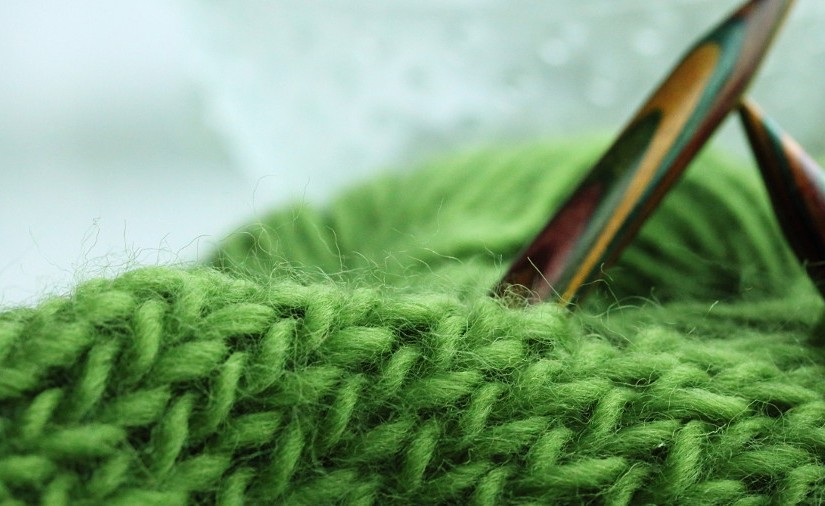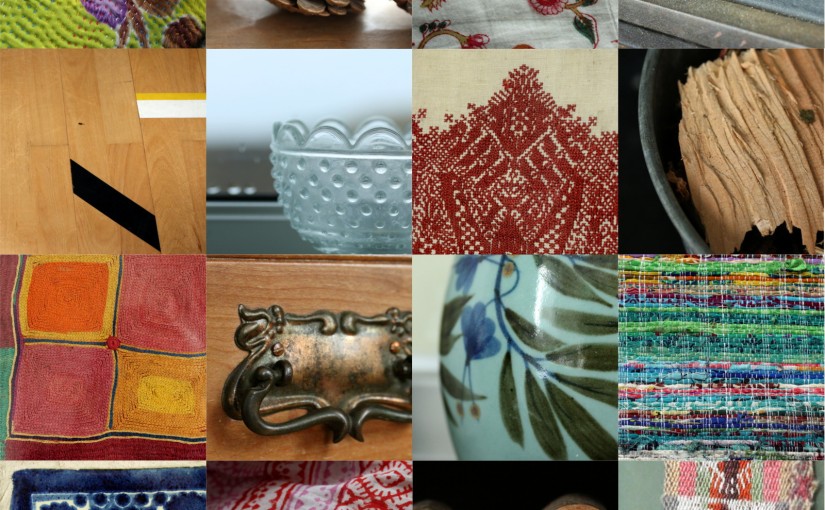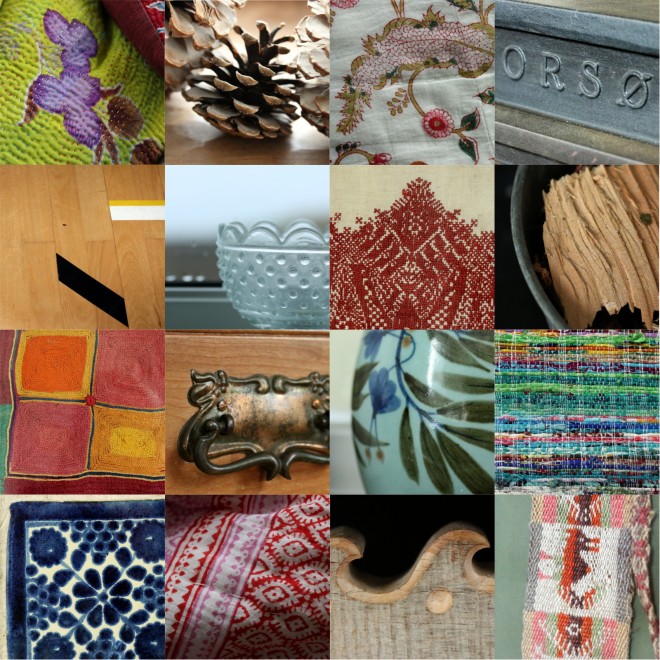Everyone knows about the struggle for votes for women. They know about Emily Davison throwing herself under the King’s horse; about the Pankhursts; about purple, green and white sashes; about breaking windows and setting the odd post box alight; about force feeding imprisoned suffragettes and about how it took until the end of the First World War to achieve. But even that long list is just the highlights.
I’ve just read Emeline Pankhurst’s autobiography and account of the suffrage movement (the source for this article) and I’m overwhelmingly struck by just how long and hard the struggle was.
The first attempts to get votes for women through Parliament started in the 19th century. Over many years private members bills were presented, but if they managed to get listed they got talked out or blocked. At times parliament was in favour of votes for women but on each occasion the prime minister and government crushed it before final reading was complete. Ministers against included Lloyd-George, Churchill and most notably, the prime minister Asquith. Asquith suggested on several occasions at enfranchisement being granted as an amendment but then prevented it or didn’t take it forward. This raised hopes and kept the less militant suffragists placated.
The women tried to meet ministers, present their case to parliament and petition the prime minister on behalf of the King and then the King himself. During these peaceful protests, marches, and delegations they were repeatedly beaten by the police and arrested.
MPs and ministers challenged the suffragists to demonstrate the strength of support through demonstrations and when the demonstrations attracted hundreds of thousands, they were seen as insufficient evidence. When comparison to men fighting for the vote was made as a challenge and women broke windows, avoiding physical harm to people, they were again condemned and imprisoned.
Hundreds of women, some repeatedly, were imprisoned over time. Prison conditions were terrible – cold, poor bedding, no talking during exercise, solitary confinement for not following rules. The sentences were harsh for either no crime or minor breaches of peace or criminal damage and allowance was given for the political nature of the prisoners. The women protested in prison, they broke windows and they refused to eat. Quickly the authorities learned to force feed them using pipes forced up noses and into stomachs. Sometimes this caused liquid food to enter the lungs, often causing internal damage. Eventually the weakened women were released however the government introduced the “Cat and Mouse” Act especially targeted at the suffragists and not applied to others, which released them on License until they recovered from hunger strike and then rearrested them. Some suffragettes including Emmeline Pankhurst also went on “thirst strike” and “rest strike” – refusing liquids and to rest. This caused rapid and severe decline to health.
The women didn’t recognise the jurisdiction of government and courts run by men and in which women had no voice. When on temporary release and strong enough, Mrs Pankhurst evaded re-arrest and broke the conditions by attending speaking engagements. The police were frequently brutal in their attempts to arrest the women and the courts unsympathetic.
When war broke out women had not been successful and militancy ceased. It took until 1918 and a change of government for the first women to be able to vote.
This was a long hard struggle. So many women and men fought, suffered and died to make it happen. This is why your vote is precious.


